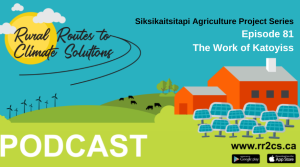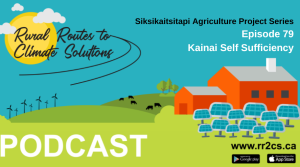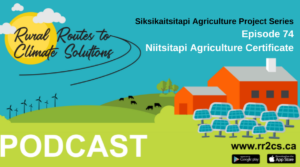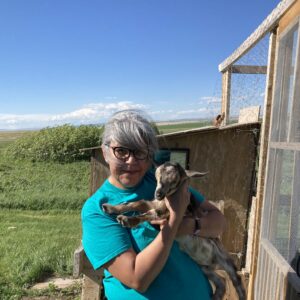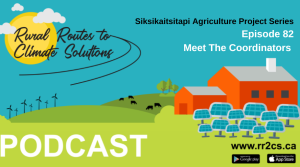
EP 82 – Meet The Coordinators
Podcast: Play in new window | Download
Subscribe: RSS
In this bonus episode, we sit down with Riel Houle and Nathan Provost of the Siksikaitsitapi Agriculture Project to talk regenerative agriculture, Blackfoot stewardship and building food sovereignty in Piikani Nation. A powerful conversation rooted in community and connection to the land.

